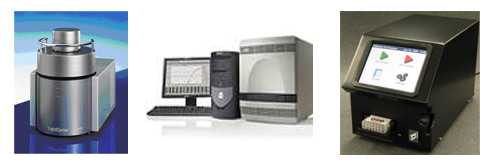Content on this page was developed during the 2009-2010 H1N1 pandemic and has not been updated.
- The H1N1 virus that caused that pandemic is now a regular human flu virus and continues to circulate seasonally worldwide.
- The English language content on this website is being archived for historic and reference purposes only.
- For current, updated information on seasonal flu, including information about H1N1, see the CDC Seasonal Flu website.
NOTE:This page is not intended as a stand-alone Web document and is intended to serve merely as a Section 508-accessible version of the PowerPoint presentation "2009 H1N1: Overview of a Pandemic, April 2009 - August 2010."
2009 H1N1: Overview of a Pandemic
Preparing for a Pandemic
Preparing for a Pandemic
- Pandemics are sporadic, unpredictable
- Caused by novel influenza A viruses
- Spread from person to person and cause human illness
- Most of the population is susceptible
Three conditions must be met for a pandemic to start:
- A new influenza virus subtype must emerge for which there is little or no human immunity;
- It must infect humans and causes illness; and
- It must spread easily and sustainably (continue without interruption) among humans
Assumptions
- The threat of an avian influenza A (H5N1) pandemic shaped some assumptions
- pandemic virus would likely emerge in birds, not swine
- pandemic virus would likely emerge in Southeast Asia, not North America
- Planned for a worst case scenario – Severity of 1918, not 1968
- Planning for a severe pandemic provided opportunities to improve epidemiology and laboratory capacity
- Better lab and epidemiologic surveillance
- New reporting requirements by WHO and CDC
Actions for Diagnostic Preparedness
- Develop New Diagnostic Tests and Improved Diagnostic Capabilities
- Improve Surge Capacity
- Implement Proficiency Testing
- Increase Laboratory Training
- Develop Policy and Regulatory Preparedness
- Improve Access to Viruses and Reagents
- Provide Guidance for Clinicians
- Improve Virologic Surveillance
- Conduct Antiviral Resistance Testing
Enhanced Laboratory Detection
Developed New Diagnostic Tests

- 2007 - PCR Test for detecting avian influenza A (H5) viruses on "LightCycler"
- 2008 - PCR Test for detecting A, B, H1, H3, and H5 on "AB 7500"
- 2008 - Experimental Point of Care Test on "Mesoscale Diagnostics" device
Enhanced Virus Surveillance
- Increased number of labs in US with testing devices, staff, and reagents
- Increased number of specimens being tested
- Developed "Influenza Reagent Resource"
- Contract laboratory to manufacture and distribute PCR reagents during routine seasons
- Rapidly makes reagents during a pandemic surge
Increasing Detection of Swine Influenza
- Increasing numbers of cases of swine influenza being detected NEJM 2009 Shinde et al.
- Due to increased public health laboratory testing
- Few number of cases
- 1-2 per year until 2005
- 11 total from 2006 to Feb 2009
- Limited transmission among cases
- Most with some connection to swine exposure
- Increasing efforts among government agencies in U.S. to investigate human cases of swine flu
Next: Detection of 2009 H1N1 Virus >
Get email updates
To receive weekly email updates about this site, enter your email address:
Contact Us:
- Centers for Disease Control and Prevention
1600 Clifton Rd
Atlanta, GA 30333 - 800-CDC-INFO
(800-232-4636)
TTY: (888) 232-6348 - Contact CDC-INFO


